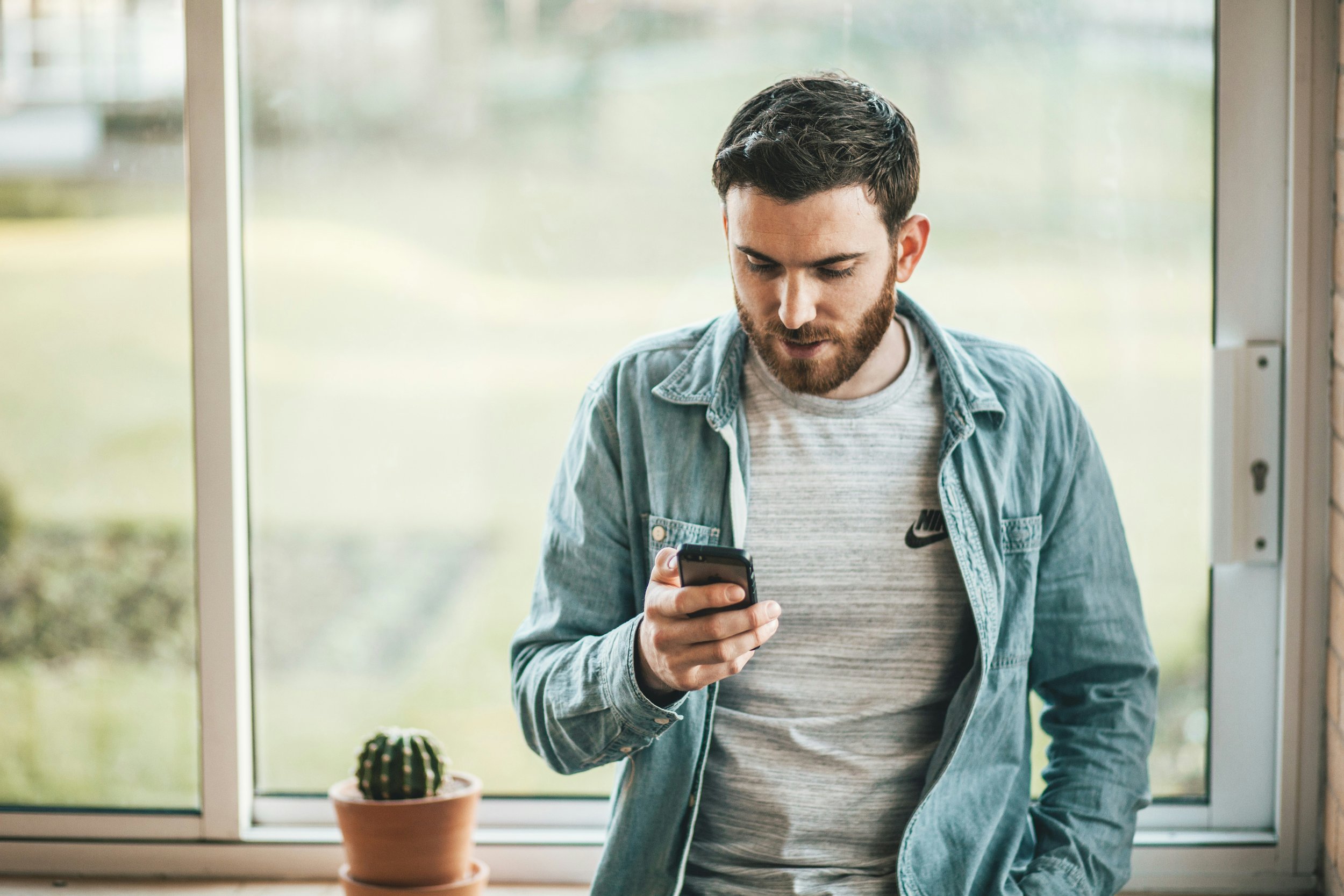The Mindful Professional: Simple Practices for Busy Lives
Deadlines, exams, meetings, and endless to-do lists. Not to mention maintaining a living space and keeping pets, plants, and/or additional humans alive! Does any of this chaos sound familiar? Whether you're navigating the corporate ladder or tackling your studies, locating moments of peace can feel like a challenge. But what if calm wasn't something you had to find, but something you could create? Let's explore how mindfulness, even when brief, can be a tool in your toolbox to use for staying centered…no matter what life throws your way.
Understanding Mindfulness:
Mindfulness isn't about emptying your mind or achieving a state of zen-like bliss. It's simply about being present in the moment, aware of your thoughts and feelings without judgment. For professionals and students alike, it can be a powerful tool for managing stress, improving focus, and enhancing overall well-being. Recent research has shown that even brief mindfulness exercises can be effectively integrated into busy schedules, including academic settings, offering potential benefits for mental health and cognitive performance (1, 3).
Mindfulness vs. Meditation:
What's the difference between mindfulness and meditation? While often used interchangeably, mindfulness and meditation are not quite the same thing (2). Mindfulness is a mental state of awareness that you can practice at any time, during any activity. It's about being fully present and engaged in the current moment, whether you're eating, walking, or working. Meditation, on the other hand, is a formal practice where you set aside time to engage in specific mental exercises, often involving focused attention or open awareness (2). Think of mindfulness as a quality you can bring to any moment of your day, while meditation is a dedicated practice that can help cultivate mindfulness. The techniques we'll explore in this guide draw from both concepts, offering you versatile tools to incorporate into your daily life.
"Mindfulness isn't about emptying your mind or achieving a state of zen-like bliss. It's simply about being present in the moment, aware of your thoughts and feelings without judgment."
Quick Mindfulness Techniques:
The 2-Minute Breath Break:
Find a comfortable seated position
Close your eyes or soften your gaze
Take a deep breath in through your nose for 4 counts
Hold for 2 counts
Exhale slowly through your mouth for 6 counts
Repeat for 2 minutes
Mindful Sip:
Hold your coffee, tea, or water
Notice its temperature, weight, and texture
As you take a sip, focus on the taste and sensation
Use this as a mini-reset throughout your day
The Office Chair Twist:
Sit up straight, feet flat on the floor
Inhale deeply, lengthening your spine
As you exhale, twist to the right, placing your left hand on the outside of your right thigh
Hold for three breaths, focusing on the stretch in your spine
Slowly return to center on an inhale
Repeat on the left side
Finish with a gentle neck roll, dropping your chin to your chest and rotating slowly in both directions
The Texture Treasure Hunt:
Without looking, reach into your bag, desk drawer, or pocket
Choose an object and focus solely on its texture
Explore it with your fingertips for 30 seconds
Notice ridges, smoothness, temperature, weight
Describe the sensations to yourself in detail
This exercise can sharpen your tactile awareness and ground you in the present moment.
Incorporating Mindfulness into Your Routine:
Mindfulness doesn't have to be confined to specific exercises; it can be woven throughout your day. Research shows that brief mindfulness exercises can be successfully integrated into regular university courses, suggesting that these practices can fit seamlessly into busy schedules (1). Here are some tangible ideas. Remember, we are all about practicality here at Resilience Therapy!
Start your morning with intention by taking a few deep breaths before reaching for your phone, setting a positive tone for the hours ahead.
During your commute, whether driving or taking public transport, practice awareness by noticing the sights, sounds, and sensations around you without getting caught up in thoughts about the day ahead.
And as you move through your day, you can also use natural moments of transition as mindfulness opportunities. For example, before starting a new task or entering a meeting, take a few centering breaths. This simple act can help you approach each activity with renewed focus and clarity. Studies indicate that even short periods of mindfulness practice, when implemented regularly, can potentially offer benefits for mental health and well-being (1, 3).
End your day on a mindful note by creating a bedtime routine that includes a few minutes of reflection. Try a body scan, mentally relaxing each part of your body, or practice gratitude by reflecting on three positive aspects of your day. These evening practices can help calm your mind and prepare you for restful sleep.
Overcoming Barriers to Mindfulness:
Incorporating mindfulness into a busy life can seem challenging, but it's more accessible than you might think. Research has shown that brief mindfulness exercises can be effectively guided by lecturers in academic settings, suggesting that these practices can be learned and implemented with minimal training (1). Time constraints are a common concern, but remember that even a minute of focused breathing can make a difference. Building consistency is key, but it doesn't have to be daunting. Start small and gradually build up your practice. Set gentle reminders on your phone or link mindfulness to existing habits, like practicing breath awareness while waiting for your coffee to brew. By attaching mindfulness to activities you already do, you're more likely to stick with it.
Taking Mindfulness Online and/or In-App
Mindfulness practices have found a new home on our screens (a better use of our screens than endless social media scrolling if you ask us!), with web-based platforms and smartphone apps making meditation more accessible than ever. Free options like Insight Timer offer vast libraries of guided meditations, while Headspace and Calm provide both free content and paid subscriptions with structured courses. Websites such as Mindful.org and TaraBrach.com offer free resources, and platforms like Ten Percent Happier provide paid courses led by mindfulness experts. These digital tools offer flexibility for busy schedules – whether you have 5 minutes or an hour, you can find a practice that fits. Many also work offline, ensuring uninterrupted access. The key is to explore and find the tool that resonates with you, making mindfulness a consistent part of your routine.
References:
Schultchen, D., Küchler, A. M., Schillings, C., Weineck, F., Karabatsiakis, A., Ebert, D. D., Baumeister, H., & Pollatos, O. (2023). A multicenter feasibility study on implementing a brief mindful breathing exercise into regular university courses. Scientific Reports, 13(1), 7941. https://doi.org/10.1038/s41598-023-34737-0
Mindful.org. (n.d.). Getting Started with Mindfulness. Retrieved from https://www.mindful.org/meditation/mindfulness-getting-started/
Keng SL, Smoski MJ, Robins CJ. Effects of mindfulness on psychological health: a review of empirical studies. Clin Psychol Rev. 2011 Aug;31(6):1041-56. doi: 10.1016/j.cpr.2011.04.006. Epub 2011 May 13. PMID: 21802619; PMCID: PMC3679190.






